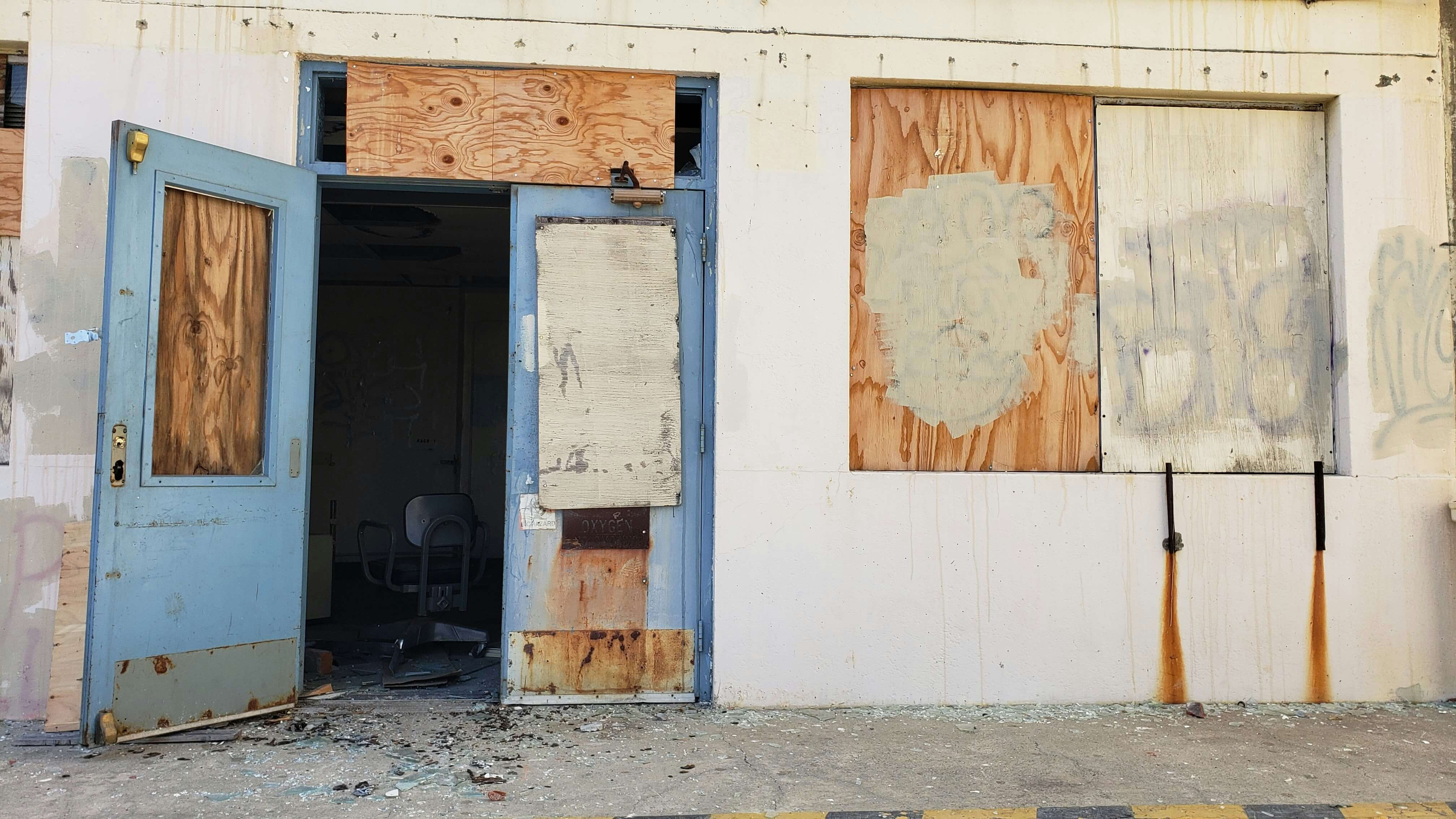Latest articles
You’ve only got to turn on the TV to see how much we love cookery shows, so it’s no surprise that opening up a restaurant is a dream for so many of us. It offers the chance to showcase our own culinary skills with the freedom of running our own business, but anyone who has watched Hell’s Kitchen knows that opening a restaurant isn’t going to be easy, even without Gordon Ramsey shouting at you.
Starting a restaurant needs careful consideration, whether you are opening a pop up or a traditional restaurant, because there’s much more involved than simply planning a killer menu.
You may also want to trial your restaurateur skills by starting with a pop up restaurant. Pop-ups are becoming more and more popular due to having fewer costs than a traditional restaurant. You need to plan to have the funding in place, the right location, the necessary equipment, the staff to run it, the correct licences and legalities in place and much more.
In this guide to opening a restaurant in the UK, we’ll cover the basics to get you started including:
- How to open a restaurant in the UK
- How much does it cost to open a restaurant
- Opening a restaurant checklist
So here’s a starter guide to everything you need to know about the restaurant business to help you get ready to take the plunge and start your restaurant.
How to open a restaurant in the UK
How to start a restaurant is a big question and there’s lots to consider, so we’ll cover some of the main areas that you need to think about and the actions you need to start taking, then we’ll summarise them all at the end with our conclusive checklist.
The Concept
Before you get stuck into the legalities and paperwork, it’s important to set the stage. What type of cuisine would you want to serve? What type of customers are you hoping to attract? What will be the ambiance of your restaurant? What kind of music will be playing in the background?
These are all questions you need to consider and it should be fun to let your imagination run wild with ideas. Use this part of the process to unleash your enthusiasm and find your vision, so you can remind yourself why you started during some of the more laborious tasks where motivation may wane.
A key part of the concept is how it will be represented by your branding. Or vice versa. If you’re struggling to come up with the concept but have an idea for a name or branding that will grab people’s attention, you can reverse-engineer the concept to fit.
The Menu
Once you know what kind of food you want to serve, you can get into the really fun part, which is working out exactly what dishes will be on the menu. There’s a practical part to this too though, because you also need to be considering budgets here. If you plan a spectacular menu where the ingredients cost more than people will pay to eat, your restaurant will be losing money and won’t last long.
You also need to factor in who will be cooking this food. Even if you’ve got the skills to do it all yourself, you’ll still need help and before you start hiring anyone you need to think about the skill sets required. Do you need a pastry chef, a dough mixer, someone with haute cuisine credentials?
Again, this can come down to budget, especially when thinking about how to open a restaurant. If you can’t hire all of the experts you need right away, you might need to put some of your menu on the back burner until you have had a successful opening and can afford them, then you can expand your restaurant’s repertoire.
Research
While planning your concept and your menu, you also need to be doing competitor research. For example, if you’re planning to open an Italian restaurant in your local town and there are already several hugely popular Italian restaurants there, you need to consider whether there is a market for another one.
Doing this kind of research can also help you spot potential gaps in the market that you can exploit. What are potential rival establishments doing well or not so well? Can you do something better or different enough to give you a competitive edge? What kind of brands do well in your area? Will yours fade into the background or stand out and resonate with potential customers?
Business Plan
When you’ve nailed down your concept and your brand, it’s time to get serious and this means writing a business plan. This might sound like hard work but it’s essential if you want to attract funding because your business plan will convince banks or investors that your restaurant can be successful. Just think of the interviews round on The Apprentice for examples of where this can go wrong.
If you’ve never written a business plan before, this can be daunting, but there’s a simple structure you can follow to make sure you’re including all the necessary information:
- Executive Summary - Write this after you’ve done everything else. It should sum up everything and sum up why your restaurant will succeed.
- Company Overview - Here you can go into more detail about the restaurant and yourself, highlighting the key information.
- Concept and Menu - What will the concept of your restaurant be? What will be on the menu (not everything, just the highlights)? And why have you chosen these?
- Management Structure - Draw a chart to show the structure of the management of your restaurant. Even if it’s small at the start, it is a way to prove your professionalism and can show where you want to end up.
- Staff - It’s important to be realistic about how many staff you will need to run your restaurant, so be honest and transparent here.
- Competitor Analysis - Showcase any learnings you gained from your research and how they have impacted your plans.
- Marketing - How will you spread the word about your restaurant and make sure people come to try it out? Also include your target audience and reasonings behind your decisions here.
- Financial Projection - This could be the most challenging part of the plan if you are inexperienced in business. But it’s also the most important for gaining funding. You need to be realistic about how you forecast sales and what you pick out in your break-even analysis, otherwise you will put off potential investors.
Location, Location, Location
Another crucial step when considering how to open a restaurant in the UK is where it will be. Picking the right location could be make-or-break and it is a balancing act between where is the most affordable and where is the most likely to be successful. After all, getting a cheap location with minimal footfall puts pressure on your marketing campaign to attract people when there will be few passers-by.
You also need to think about how they will get there. Is it near a bus stop? Is there parking on-site or nearby? If it’s too hard to get to your restaurant, customers will just go somewhere else, no matter how tempting your menu might be.
Something else to consider is what the area around the potential location is like. What other businesses are nearby? Does your restaurant fit in or stick out? Would customers feel safe visiting that area or does it have a bad reputation?
A tricky question is about what competition there is in the local area and whether it is better to be near your rivals or not. Being in an area where there are several other restaurants and bars can help raise your profile and give you the chance to win your rivals’ customers, but it could also leave you struggling to make an impression on the market.
The Legal Stuff
Ok, here’s where the paperwork really starts. Firstly, now you’ve chosen your ideal location, you need the right planning permission, especially if you are buying or letting a building that wasn’t previously used as a restaurant.
You’ll also need a restaurant licence, which is luckily free to obtain and easy to get from the government’s website. Be aware that you need to register for it at least 28 days before you plan to open. You’ll also need a food premises licence from the local council and another licence if you plan to sell alcohol. Each member of your team will also need a personal licence for serving it.
As well as this you’ll need a food hygiene certificate, which you can find and apply for online, along with pest control certificate. Finally, you’ll need restaurant insurance with public liability included to cover you in case a member of the public gets injured on your property, along with employers’ liability insurance to protect you in case of staff injury.
Getting the practicalities in place
So you’ve got the funding, you’ve planned your restaurant, you’ve found the location and acquired all the necessary paperwork. Now it’s time to get down to the nitty gritty. You need to source equipment so that you can actually cook all of the food and have somewhere safe to store it, which means buying or leasing all of this equipment and making sure it will fit into your kitchen layout plans.
Something else to consider is how you’ll take payments. After all, this is how your restaurant will survive and hopefully thrive. The easier you make it for customers to pay, the quicker they can make room for other customers to take a table and the more likely they will be to come back.
The Dojo Go card machine offers all of the flexibility that restaurants need, allowing easy and quick payments at the table, with built-in 4G, integration with your EPOS, 10 hours of battery life and the technology to make payments 80% faster than the industry average.
Opening
When everything is in place, you can prepare for actually opening your restaurant. A launch event is a great way to drum up attention for your new business, so consider running special promotions, using social media, inviting influencers and generally making sure your potential customers know about your restaurant and are excited to try it.
Of course, this kind of event does bring pressure to get everything right, so you should consider hosting a few soft launches with friends and family to iron out any bugs (hopefully not literal bugs) before welcoming the public.
How Much Does it Cost to Open a Restaurant
That journey takes you all the way from planning to opening your restaurant but there’s still the question of the financial hurdle. So how much does it cost to open a restaurant?
Cost is highly dependent on the area you’re looking to open up shop and your pricing vs your outgoings. You’ll need to forecast your potential spend against potential outgoings before you make the decision to open - you can use financial forecast calculators to help do this.
However, as a rough guide, it can cost around £100,000 to £200,000 to start your own restaurant. Some of the costs include the premises, which be up to £20 per square foot, while there’s also the following to consider:
- Kitchen fit-out and equipment
- Building insurance
- Business rates
- Utility bills
- Waste management
- Service charges
- Property tax
- Planning licence
There’s also the costs associated with the supplies and ingredients and of course the staff, with average chef wages around £30k and rates for other staff at a minimum of £10 an hour.
You may be in a position to pay for it all yourself, in which case you can skip this step, but for most small businesses, getting funding from investors or banks is how they get started. There are a few different places you can get money from:
- Bank loan - Can I get a loan to open a restaurant, you may be wondering. This is the most common and often easiest route to business finance, offering lower interest rates and potentially higher capital funds. It comes with a risk though because you need to have collateral, like property, which you could potentially lose if things go wrong.
- Investors - You could look out for angel investors or local business support organisations to get your business plan in front of people who actively fund new businesses in your area.
- Crowdfunding - If you have a really innovative new idea that you believe could win popular support, you could always try sites like Kickstarter or GoFundMe to encourage potential customers to bolster your startup funds in exchange or incentives.
Those are the best options for how to open a restaurant with no money in the UK, but remember that you’ll need to have a great business plan to appeal to funders and investors.
Opening a Restaurant Checklist
We’ve covered everything you need to know about opening a restaurant but sometimes when you have a big job like this in front of you, a checklist can be a helpful tool for marking off your progress. So here is an eight step reminder of everything we’ve learned in a handy restaurant opening checklist:
1. Work on your concept
What do you want to achieve with your restaurant? What will you serve? What will the restaurant feel like?
2. Plan your menu
Work out your budget for food production and what food you can serve up both at launch and as you deliver.
3. Do competitor analysis
Research your local sector and identify where your concept and menu fit in. Is the market saturated or are there opportunities?
4. Write your business plan
Get your business funder-ready by writing down your ideas in a cohesive and realistic business plan. State your ambitions and be ready to back them up with carefully-planned financial expectations.
5. Find the right location
Scope out a location for your restaurant, considering how accessible and visible it is to make sure you can find an audience and they can find you.
6. Get the legal paperwork
Find out what licences and certificates you need to make your restaurant safe and legal.
7. Buy or rent the equipment and sort out how to take payments
Sort out the tools and technology that you need to run your restaurant, including card machines.
8. Launch
When you’re ready, do the marketing to build hype around your launch event to make sure people know that your restaurant has arrived.
So, there you have it, a starter guide to opening a restaurant.





